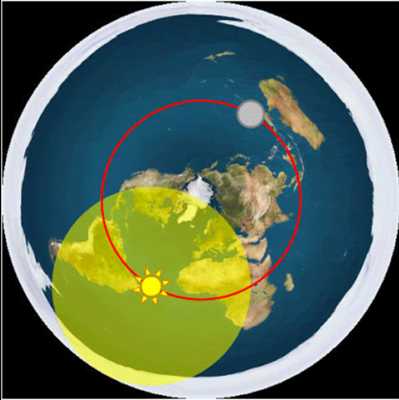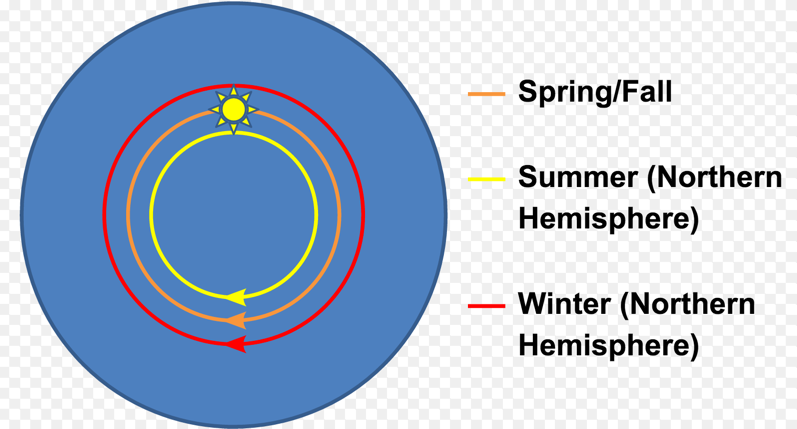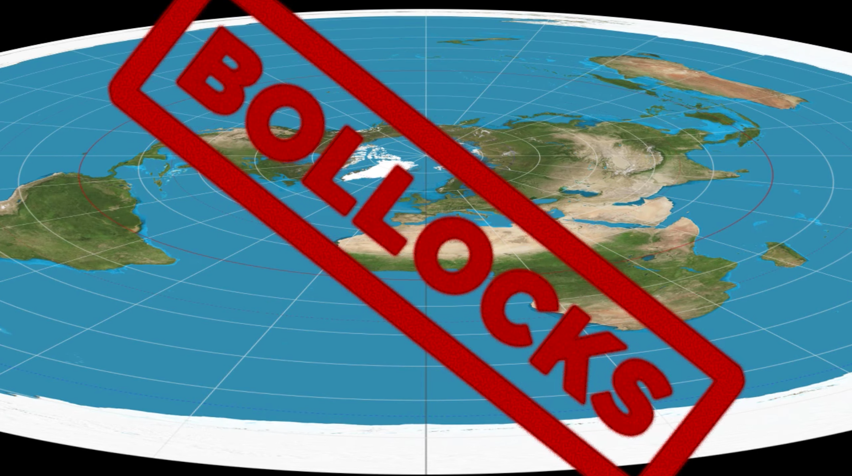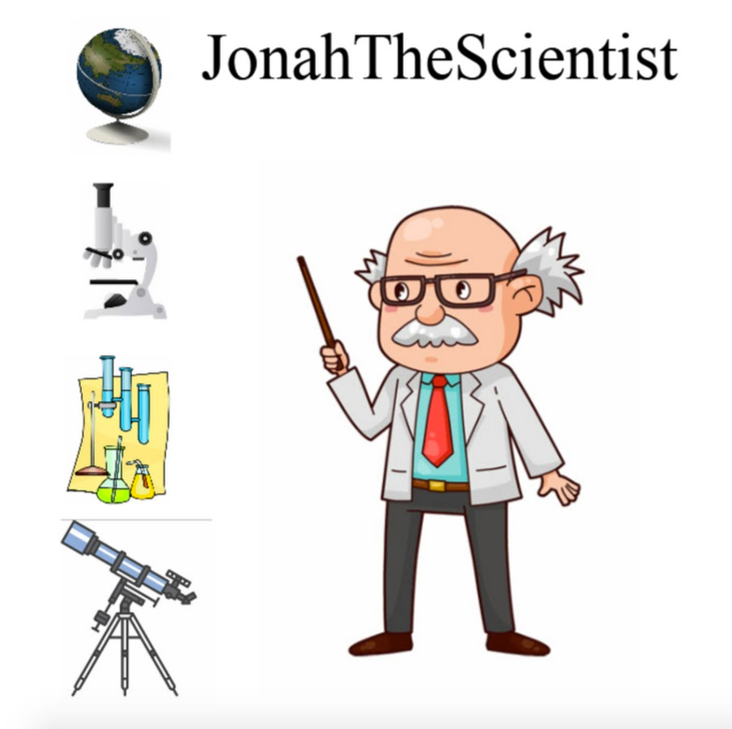FECORE & Globebusters Debacle - Bob Knodel makes a MAJOR BLUNDER. He thinks that beyond 26.6 AU's the Sun is no longer visible - IS WRONG AGAIN! - we can't fix stupid
Globebusters Bob Knodel makes a MAJOR BLUNDER. He thinks that beyond 26.6 AU's the Sun is no longer visible
1. The human eye resolution limit is 0.02 degrees. The further away you are from an object, the smaller it looks. If you travel far enough away so that it's apparent angular size shrinks to 0.02 degrees or less, the eye no longer sees it as a disk. It's seen as a point source.

2. The apparent angular size of the Sun in the sky is 0.5 degrees...
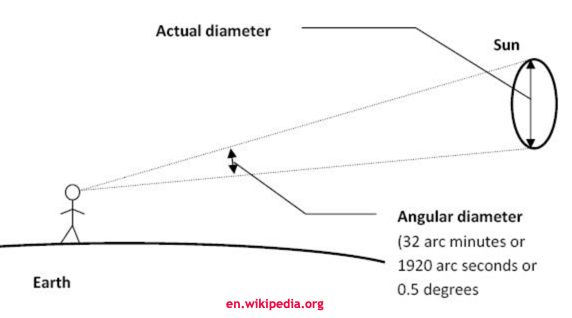
3. 1 AU (Astronomical Unit) is the average distance between the Sun and the Earth, or 93-million miles.
Since light travels at speed 186,282.4 miles/sec, it covers that distance in 8-minutes and 20-seconds.
At a distance of 8-minutes and 20-seconds (1 AU), the angular diameter of the Sun is observed to be 0.533-degrees. Clearly a round disk.
my calcs...
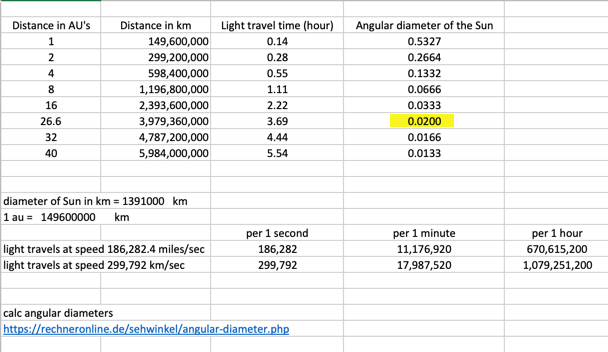
Fact check = Bob Knodel FAIL
Bob thinks that if you are so far away from the Sun that the human eye can no longer distinguish it as a disk, then the Sun can no longer been seen. WRONG.
How far the Sun, Moon and stars can be seen from depends only upon its intrinsic luminosity and distance. Our Sun is bright enough to be seen from a distance of 58-light years out (not 4-hours light time as Bob Knodel said).
If we were to travel away from the Sun, it would become fainter. At Pluto's distance, the Sun will still be many millions of times brighter than the night sky's brightest star, Sirius. At the distance of Proxima Centauri, the Sun would be about as bright as Procyon, the brightest star in Canis Minor and the 8th brightest star in our sky. The faintest stars that most people can see are about 185 times dimmer than Procyon. For the Sun to appear this faint to us, we would have to be about 58 light years away from it. Some people have keener eyesight than most of us and they can see fainter stars. However, if we were all in a space vessel that was 58 light years from the solar system, we could still just barely see the Sun. We'd likely need a highly detailed star chart to locate it.
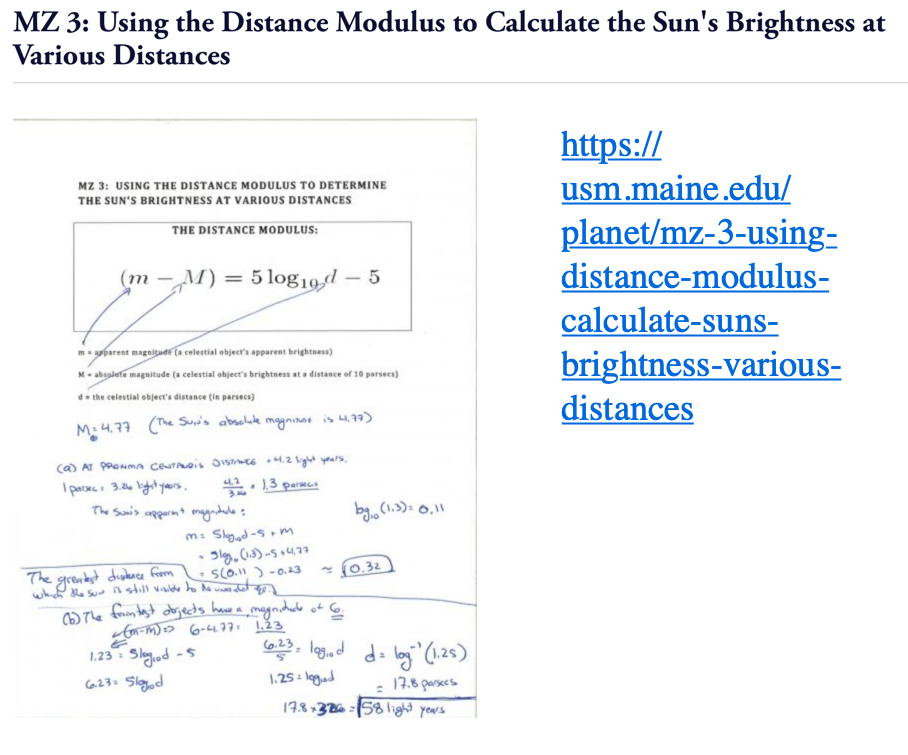
ALSO - The farthest star we can see with our naked eye is (V762 Cas in Cassiopeia) at 16,308 light-years away. Its brightness is magnitude 5.8 or just above the 6th magnitude unaided human eye limit.
Globebusters video - Street Activists and Commonly Asked Questions
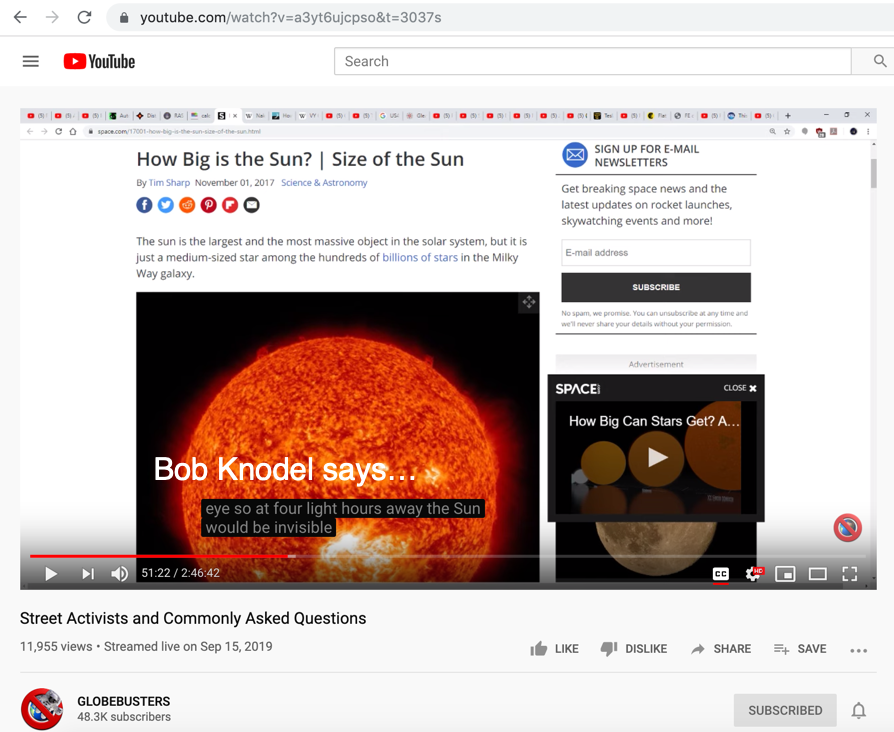
At time mark 49:00 …
Bob Knodel says, “So let’s apply a little bit of common sense to this. If at 93-million miles, eight light minutes away, the angular size of the sun is 0.52 degrees. Then if you double that distance to 186,000 miles which is 16 light minutes away, then the angular size decreases to 0.26 degrees.
OK. Now if you double that again, from 186 to 372 million miles, that is now 32 light minutes away, and you have reduced the angular size to 0.13 degrees. If you double that again to 744 million miles or 1 light hour away, then you have reduced the angular size to 0.065 degrees angular size. If you do that again, double that distance again, to 1,488,000,000 miles this equates to 2 light hours away, and now our angular size is at 0.0325 degrees.
Now, one thing I need to point out that super important to understand, is the resolution best-case scenario of the human eye is only, is 0.02 degrees which equals 1 arcminute, or 0.0003 radians, so that is our angular resolution limit.
Now if we go back and double that 1,488,000,000, or two light hours away, and we double that gain to 2,976,000,000 miles, and that takes it out to 4 light hours, than the angular resolution is 0.01625, which guess what, that has now gone below the 0.02 degree limit of the eye so at 4 light hours away the Sun would be invisible."
Fact check = FAIL
The planet Neptune is at distance further than the 26.6 AU limit that Bob Knodel states as the Sun's limit, yet here it is - shining due to reflected sunlight!
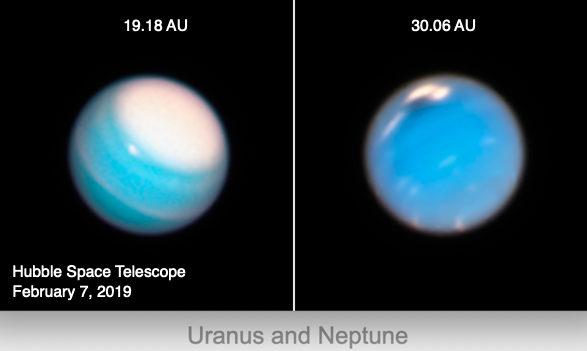
Due to magnification, even with this small telescope you can see the Sun's disk clearly beyond the 26.6 AU limit. You can't see the disk with the human eye, but you can clearly see it with a telescope. That's what a telescope does.

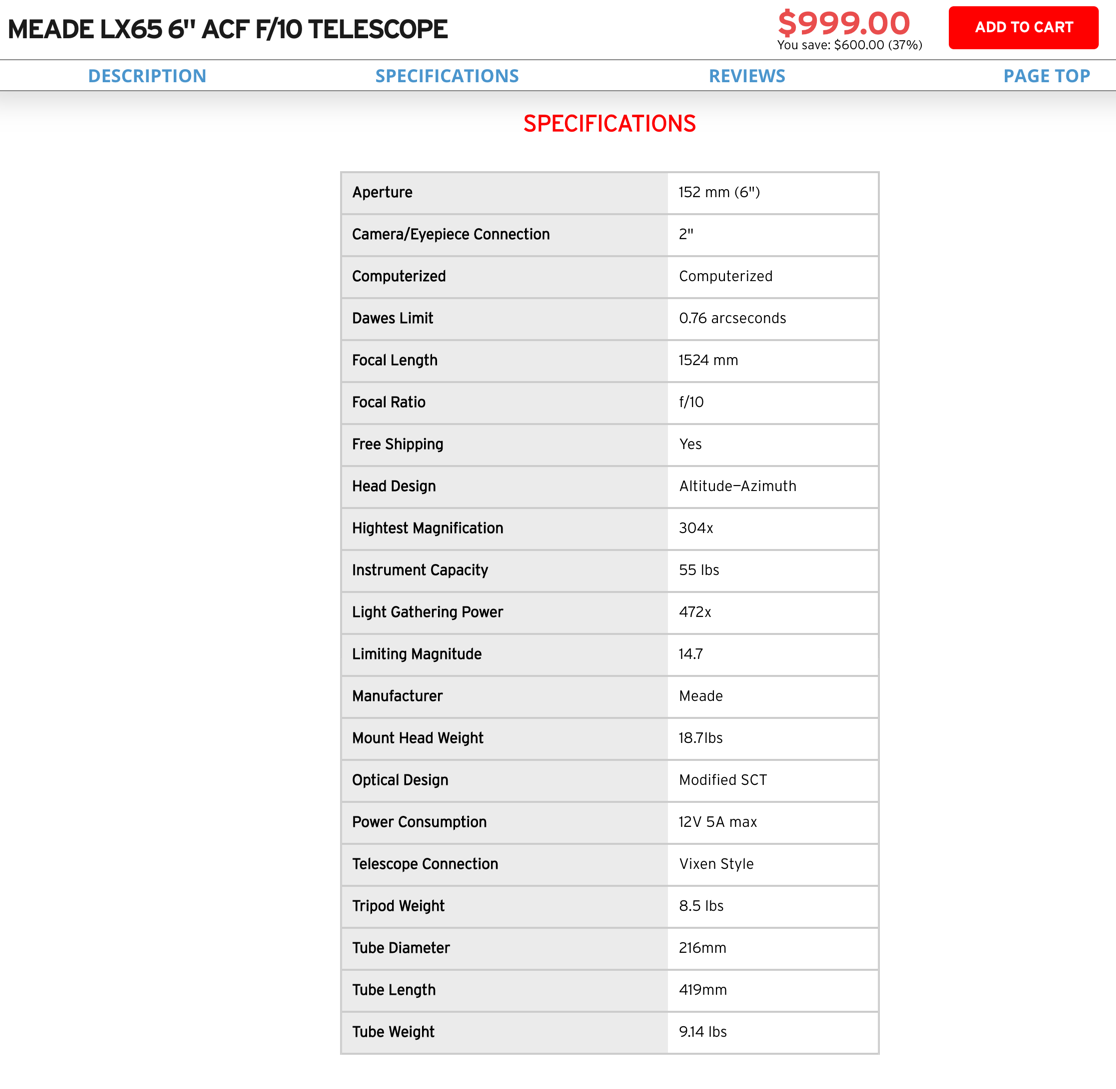
-
https://www.skyandtelescope.com/observing/skyandtelescope-coms-scope-calculator/
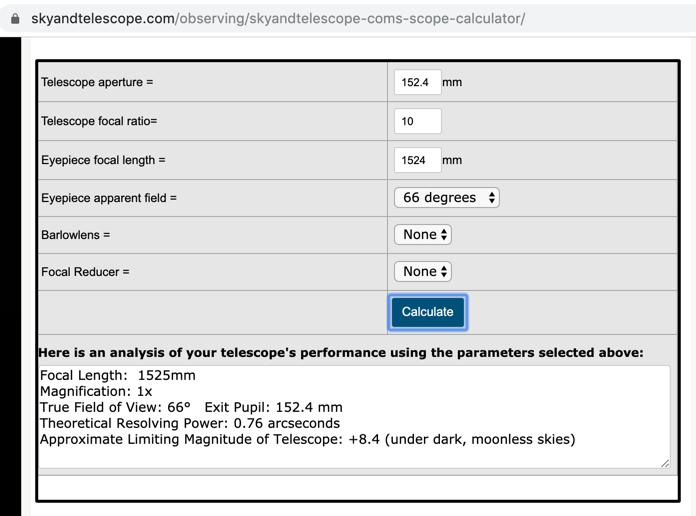
-
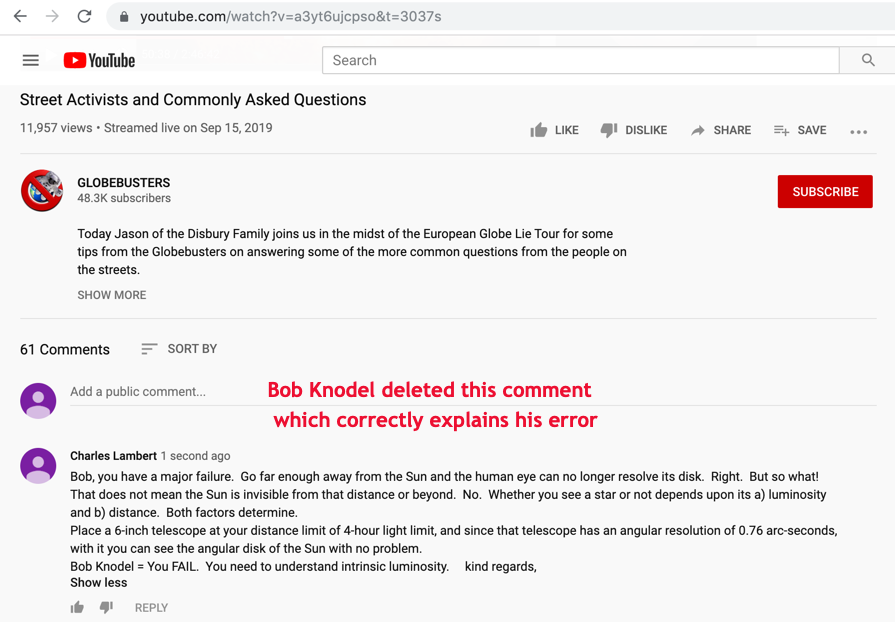
-
Debunk by George Hnatiuk
Bob Knodel - still a LIAR, still a FRAUD, and REALLY STUPID, by George Hnatiuk
https://www.youtube.com/watch?v=3vfLy2QS4uQ
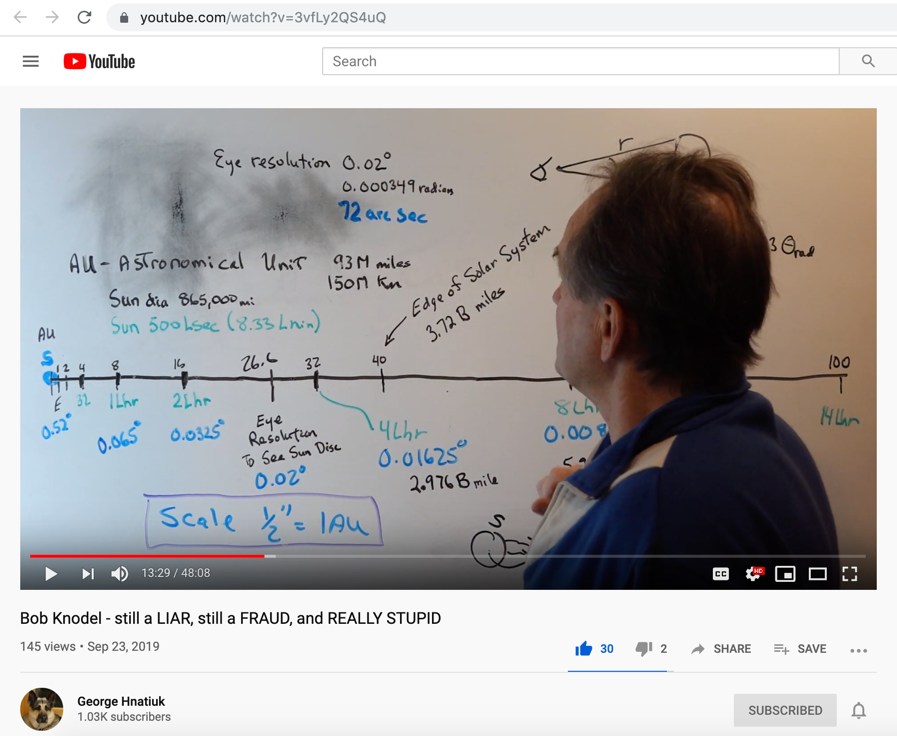
"This is the edited version of the previous video regarding Bob Knodel and his lies and stupidity.
Seems Bob Knodel thinks an object such as the sun becomes invisible at the point its angular size reaches the angular resolution limit of the human eye of 0.02 degrees which is about 26.6 AU from the sun. One has to be profoundly stupid to even entertain this thought for a moment.
It appears that Knodel has doubled and tripled down on the stupid and more in the latest GlobeBusters episode aired Sept. 22, 2019. I may just have to make a part 2 video detailing and debunking his latest "thoughts" -- reference frames do not apply to rotating structures -- yes you read that correctly.
Does the stupidity of Knodel have any limits? That is the question."
- - -
Published on – October 1, 2019
Discussion at - https://www.youtube.com/channel/UC7ipUKERU0tzYFxALJBli4A/discussion
Our home page all articles - http://flatearthlunacy.com
kind regards, JonahTheScientist



